Key Takeaways
-
Identification: Cockroaches are smaller (½ to 2 inches), flatter, and poor flyers. Palmetto bugs are larger (2 to 3 inches), bulkier, and fly well.
-
Habitat: Cockroaches typically infest indoor spaces like kitchens and bathrooms, while palmetto bugs prefer outdoor, humid areas but may enter homes during warm weather.
-
Health Risks: Both pests can contaminate food and trigger allergies. Cockroaches specifically can spread pathogens like salmonella and E. coli.
-
Prevention: Maintain cleanliness, seal entry points, and reduce indoor moisture to deter cockroaches. For palmetto bugs, focus on yard maintenance, sealing gaps, limiting outdoor lighting, and using perimeter insecticide sprays.
-
Common Myths: Palmetto bugs are simply large cockroaches, not more dangerous, and both share similar diets and health risks.
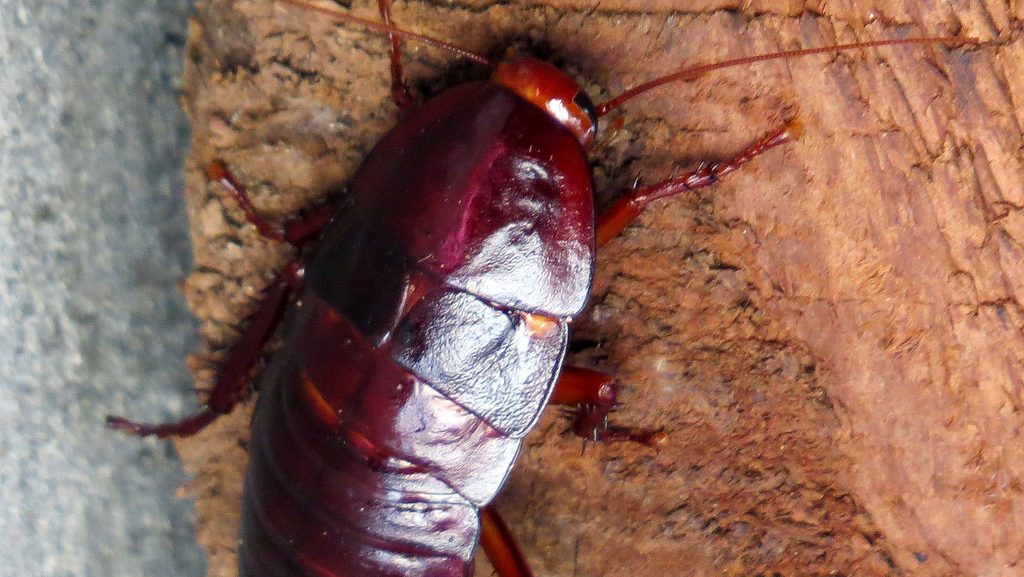
What is a Cockroach?
Cockroaches are among the most common household pests. They are resilient and thrive in warm, damp environments where food and water are available. Infestations can lead to health risks, as cockroaches spread bacteria and allergens throughout homes.Physical Characteristics of Cockroaches
-
Size: Generally ranges from 1/2 inch to 2 inches, depending on the species.
-
Shape: Flat, oval-shaped body with long antennae.
-
Color: Reddish-brown to black, depending on the species.
-
Wings: Some cockroaches have wings but are poor fliers.
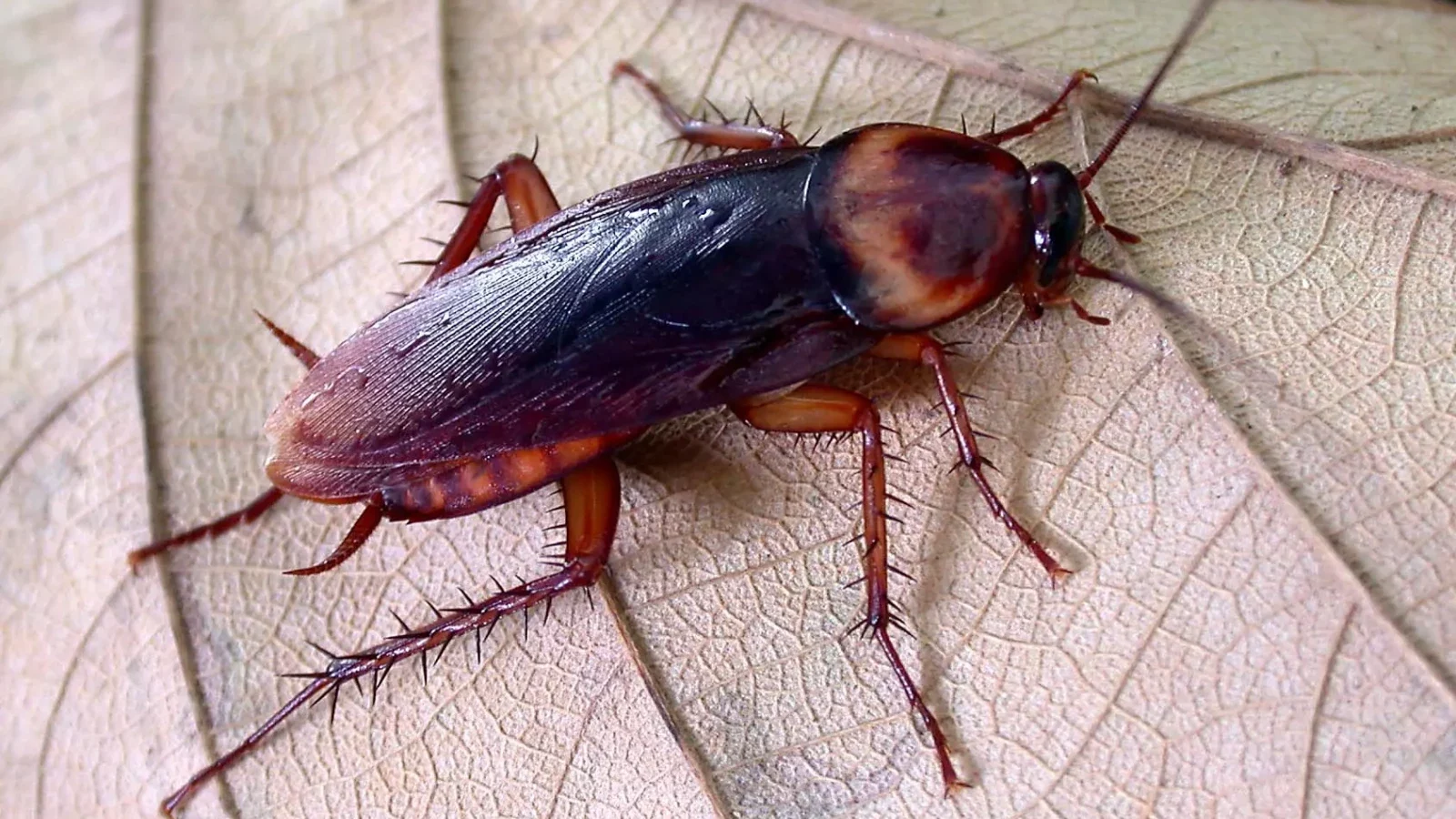

Not getting a solution?
Get your free pest control estimate today!What is a Palmetto Bug?
Palmetto bug is a term commonly used to describe larger cockroach species, particularly the American cockroach, found in Southern states. Unlike other cockroaches, palmetto bugs are more likely to be seen outdoors and can fly more effectively.Physical Characteristics of Palmetto Bug
-
Size: Larger than typical cockroaches, ranging from 2 to 3 inches.
-
Shape: Oval and robust, making them appear bulkier.
-
Color: Reddish-brown to dark brown.
-
Wings: Fully developed wings, allowing for better flight.
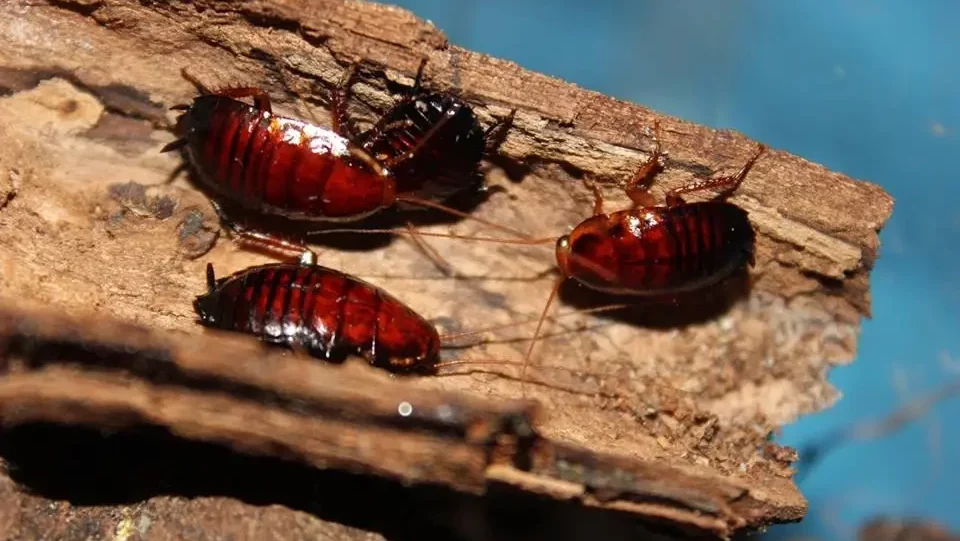 Palmetto bugs thrive in humid environments, often hiding under leaves, rocks, and tree bark. While they typically remain outdoors, they may enter homes during hot and humid weather, seeking food and shelter.
Palmetto bugs thrive in humid environments, often hiding under leaves, rocks, and tree bark. While they typically remain outdoors, they may enter homes during hot and humid weather, seeking food and shelter.
Cockroach vs Palmetto Bug: Key Differences
| Feature | Cockroach | Palmetto Bug |
|---|---|---|
| Size | 1/2 inch to 2 inches | 2 to 3 inches, larger and bulkier |
| Shape | Flat, oval body | More robust, slightly bulkier |
| Color | Reddish-brown to black | Reddish-brown to dark brown |
| Habitat | Indoors (kitchens, bathrooms) | Outdoors (humid areas, under leaves, rocks) |
| Wings | Some species have wings but rarely fly | Fully developed wings, better at flying |
| Behavior | Fast-moving, scavenger | Often seen outdoors, enters homes in hot weather |
| Feeding Habits | Eats almost anything organic | Prefers decaying plant material but can scavenge indoors |
| Common Locations | Found worldwide, thrives indoors | Found mostly in Southern states, prefers outdoor spaces |
Health Risks of Cockroaches and Palmetto Bugs
Both cockroaches and palmetto bugs can pose health risks, but their impact differs.Health Risks from Cockroaches
-
Allergic Reactions: Cockroach droppings and shed skin can trigger asthma and allergies, especially in children.
-
Food Contamination: They carry bacteria that can cause foodborne illnesses.
-
Parasites and Pathogens: Cockroaches can spread harmful microorganisms, including salmonella and E. coli.
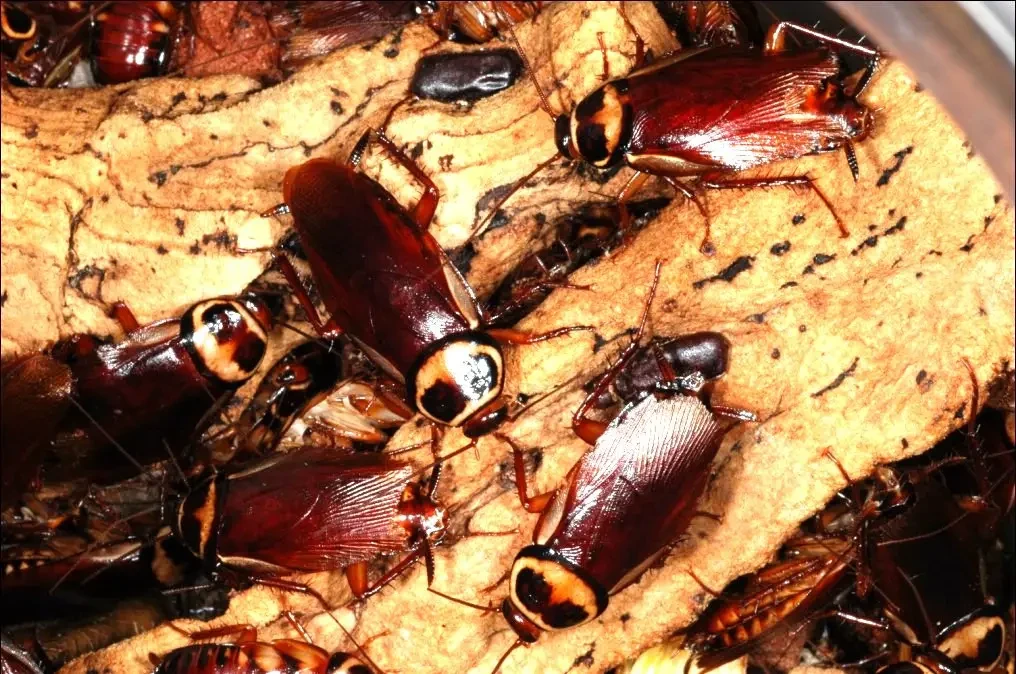
Health Risks from Palmetto Bugs
-
Food Contamination: Palmetto bugs may carry bacteria if they enter homes in search of food.
-
Allergic Reactions: Their shed skin and droppings can cause mild allergic reactions.
-
Flight Risk: Since palmetto bugs fly, they can startle people, leading to unnecessary panic.
How to Prevent and Control Cockroaches and Palmetto Bugs?
Preventing infestations is the best way to keep both cockroaches and palmetto bugs out of your home.Cockroach Prevention Tips
-
Seal Entry Points: Cockroaches can slip through small cracks and gaps, so ensure windows, doors, and foundation cracks are sealed.
-
Maintain Cleanliness: Wipe down counters, sweep floors, and eliminate food scraps that attract cockroaches.
-
Reduce Moisture: Fix leaks and use dehumidifiers to keep humidity levels low.
-
Use Traps and Baits: Place cockroach traps and use bait stations in common infestation areas.
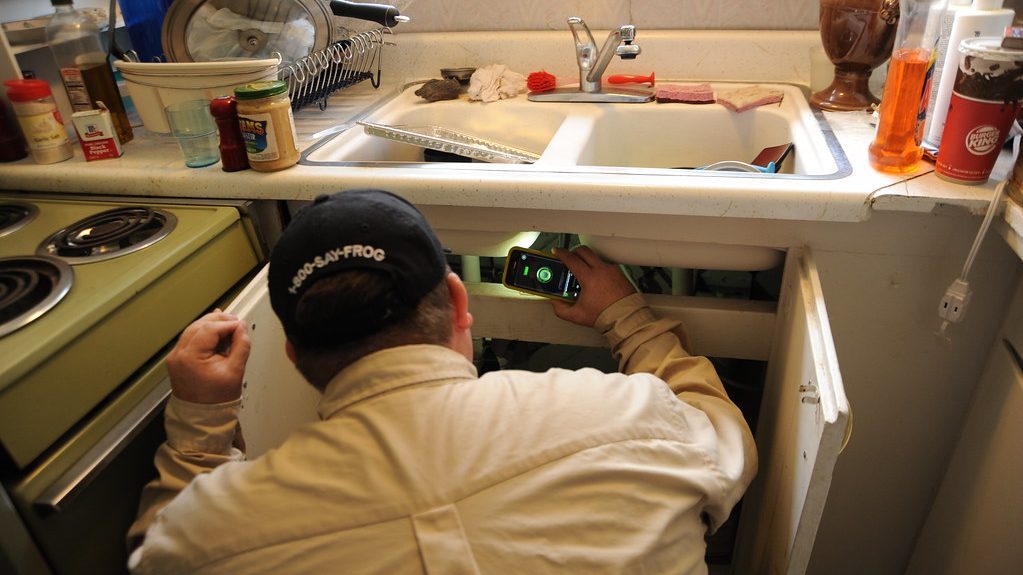
Palmetto Bug Prevention Tips
-
Outdoor Maintenance: Keep your yard free of leaf piles, wood debris, and excess moisture.
-
Seal Gaps: Block entry points around windows, doors, and vents to prevent them from flying indoors.
-
Limit Outdoor Lighting: Palmetto bugs are attracted to light, so use yellow bulbs or motion sensors to reduce attraction.
-
Use Perimeter Sprays: Apply insecticide around the exterior of your home to create a barrier against palmetto bugs.
Myths and Facts About Cockroaches and Palmetto Bugs
| Myth | Fact |
|---|---|
| Cockroaches and palmetto bugs are different species. | Palmetto bugs are a type of large cockroach. |
| Palmetto bugs are more dangerous than cockroaches. | Both are similar in terms of health risks. |
| Cockroaches only live indoors. | Palmetto bugs are typically found outdoors. |
| Palmetto bugs are only found in warm climates. | Some cockroaches also thrive in warm climates. |
| Cockroaches and palmetto bugs have different diets. | Both are omnivorous and have similar diets. |





